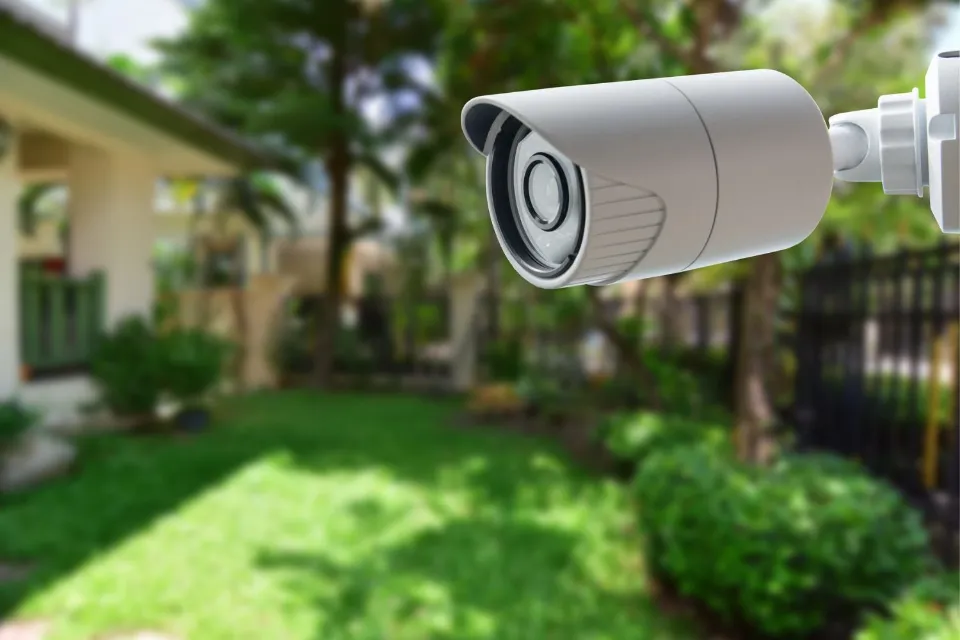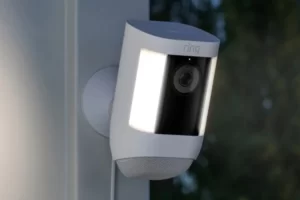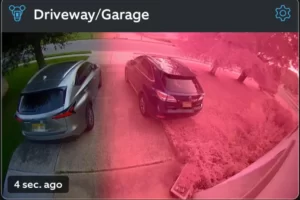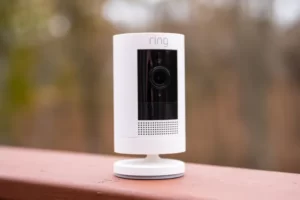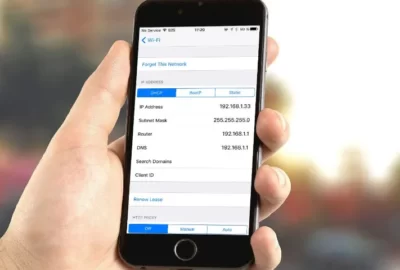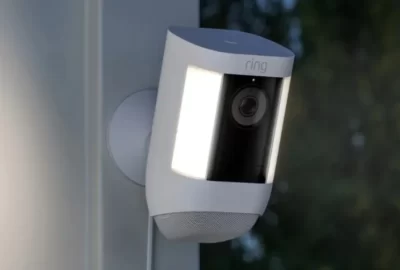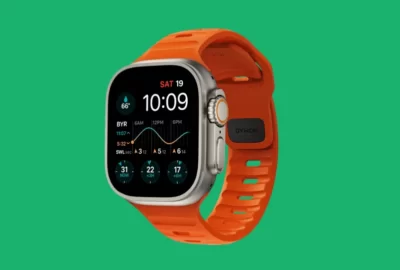What is CCTV Camera? Your Complete Guide
Wondering what is CCTV camera? CCTV stands for closed-circuit television. Through continuous monitoring, CCTV cameras can assist in keeping your workplace and personal spaces secure.
Although a CCTV system can be used to monitor activity on the property both during and after business hours, it can also be used to help identify wanted criminals and serve as a deterrent to potential intruders.
Keep reading and find out more about CCTV.
What is CCTV Camera?
CCTV stands for Closed Circuit Television. Unlike traditional television, CCTV is a closed-loop system where everything being broadcasted stays in-house. Nothing captured on CCTV is broadcast over the public radio waves.
Security concerns are the primary use case for CCTV. CCTV is used for security in a lot of establishments, including bars, homes, schools, restaurants, banks, and country clubs.
Although the security system might not be able to catch the bad guy, it will stop crime before it starts.
Read More:
How Does CCTV Work?
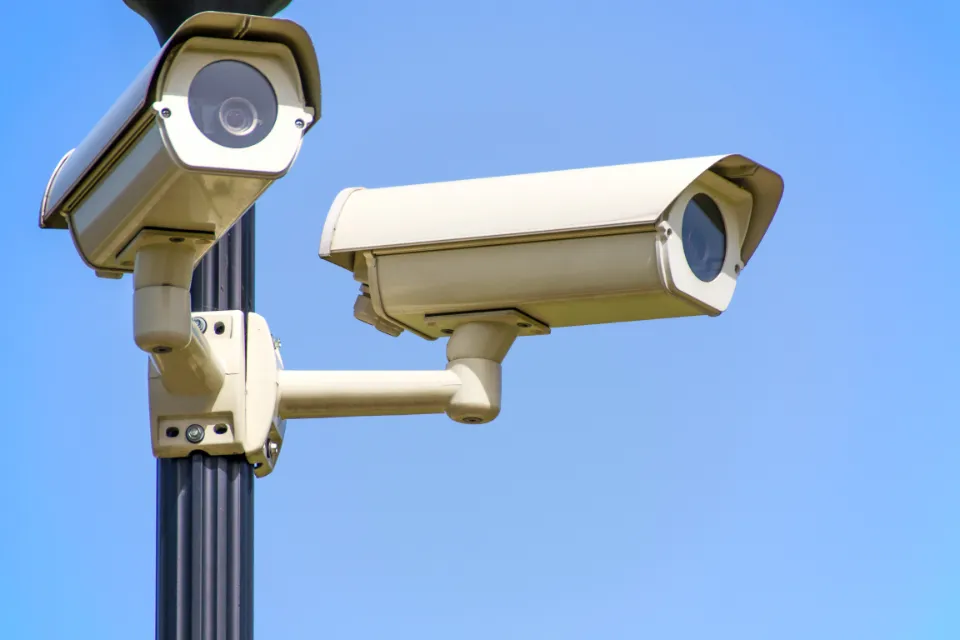
CCTV relies on strategic placement of cameras, and observation of the camera’s input on monitors somewhere.
Because the cameras communicate with monitors and/or video recorders across private coaxial cable runs or wireless communication links, they gain the designation “closed-circuit” to indicate that access to their content is limited by design only to those able to see it.
CCTV Use Cases
Older CCTV systems used small, inflexible black-and-white monitors without interactive features.
The capability to zoom in on an image or track something (or someone) are just a few of the features available on modern CCTV displays, which can be color, high-resolution displays.
Talk CCTV allows an overseer to speak to people within range of the camera’s associated speakers.
CCTV is commonly used for a variety of purposes, including:
- maintaining perimeter security in installations and areas with medium to high levels of security.
- observing the actions of prisoners and potentially dangerous patients in hospitals.
- Traffic monitoring.
- controlling areas that would be dangerous for people, like highly radioactive or toxic industrial settings.
- security for the building and the surrounding area.
- getting a visual record of what happened in circumstances where it’s important to uphold proper security or access controls (like in a diamond cutting or sorting operation; in banks, casinos, or airports).
CCTV Types
Three CCTV systems are available to us: basic, grid-powered, and recording systems. Analog vs. digital CCTV cameras will be contrasted, along with their operating principles, first.
Analog
Our digital video recorder, or DVR, is connected to a conventional analog video camera. Received, saved, and compressed on a hard drive is the DVR’s information. Because we can view previously recorded video, this is very advantageous.
Digital (IP)
We have modern CCTV thanks to a digital system. Even though the system itself is a little more complex and expensive, it is ultimately well worth it. An NVR, or network video recorder, performs functions that are similar to those of an analog system.
As the camera replaces the DVR, this streamlines our security procedure. Our footage can now be remotely viewed in real time over the internet. Our smartphone will notify us if an emergency occurs.
Simple CCTV
A camera and a monitor make up a straightforward CCTV system. A coax cable can connect one or more cameras to a monitor. Power for the camera is fed to it from the monitor.
Grid Powered CCTV
A grid-powered CCTV system is an option if power is a concern. We no longer need to rely on the monitor to provide power with a grid-powered CCTV system. The monitor and camera(s) are both powered by the grid.
Recording CCTV
A CCTV system that records makes use of modern technology by enabling recording and viewing later via DVR or NVR. Our video can now be saved on hard drives for future use. This is helpful, particularly with authorities.
The Future of CCTV Systems
We should anticipate that as new technologies emerge, CCTV systems will eventually incorporate them.
Face detection, motion sensing, linked cameras, intelligent hardware, drones, and body cameras are just a few of the features that will improve the current surveillance system.
Centralized CCTV systems are already in use in many countries. In addition to offering clearer images and sound and quicker data encryption, the new CCTV system may completely replace a wired system.
In the future, fewer operators will be required to oversee CCTV systems.
Conclusion: What is CCTV Camera
CCTV is finding increasing use in law enforcement, for everything from traffic observation (and automated ticketing) to observation of high-crime areas or neighborhoods.
Concerns about privacy have increased as a result of the widespread use of CCTV technology, particularly in parts of the UK and Europe where it has become standard practice for police operations.

